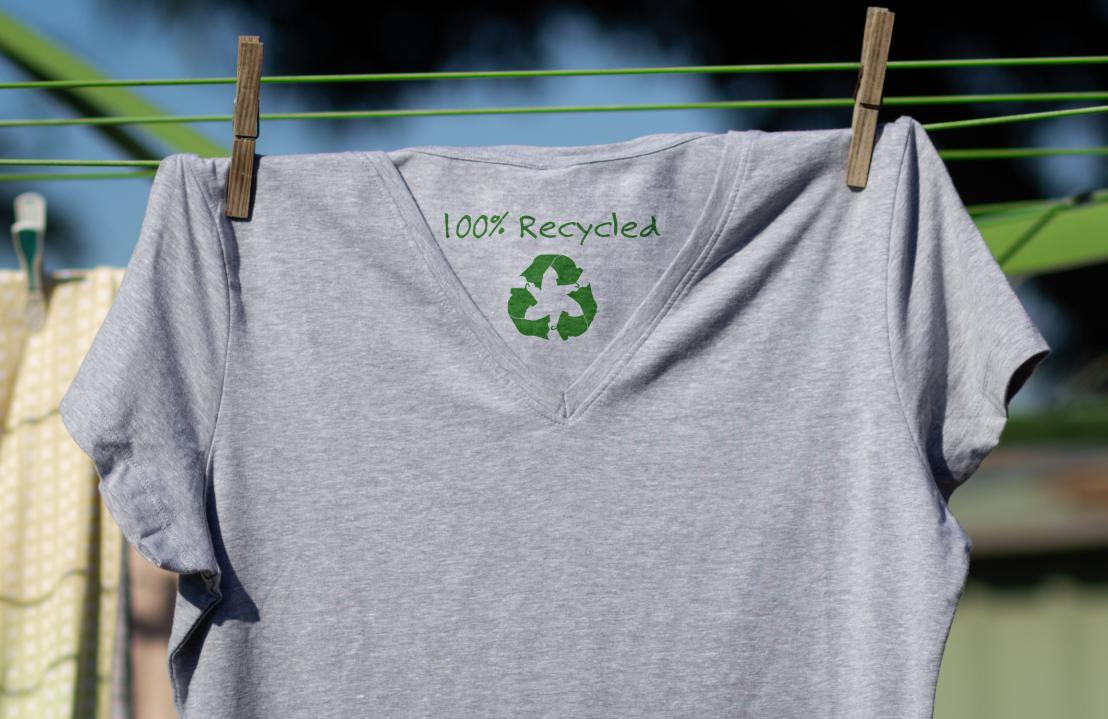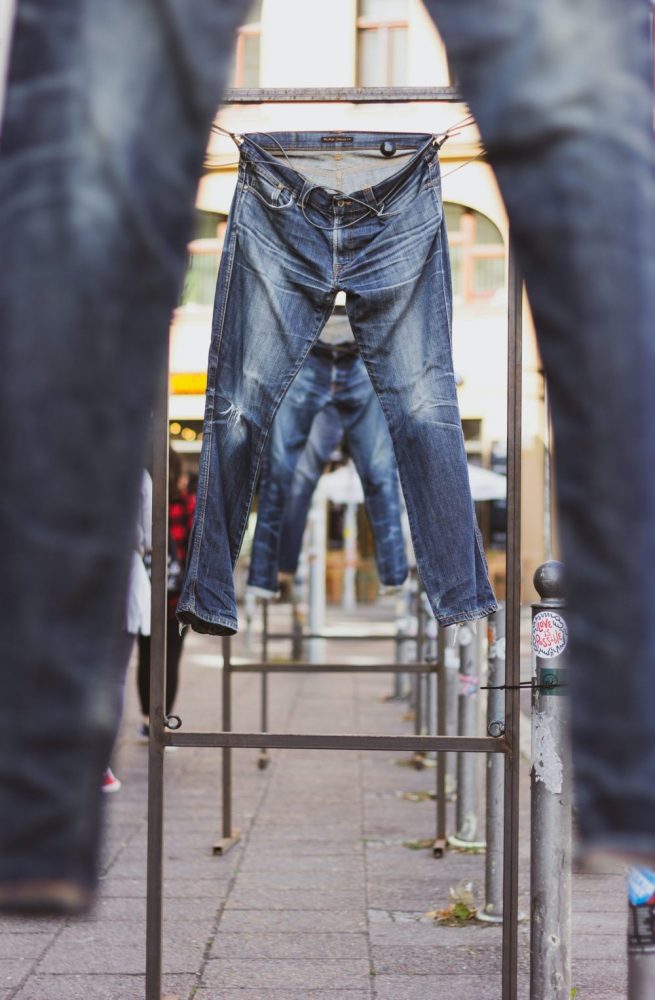Europe’s landfills are bursting at the seams with discarded clothing and other textiles. Of the 5.8 million tonnes of textiles that EU consumers discard every year, only a quarter is recycled. According to Friends of the Earth Europe, the remaining 4.3 million tonnes are dumped.
That’s equivalent to 60 garbage truckloads of clothes being burned or buried in landfills every minute. This is a pretty bleak picture, but change is underway.
Circularity and innovative solutions are already making the fashion industry more sustainable. This means producing clothes in an environmentally friendly manner, making them reusable and recyclable wherever possible.
More and … Read the rest



